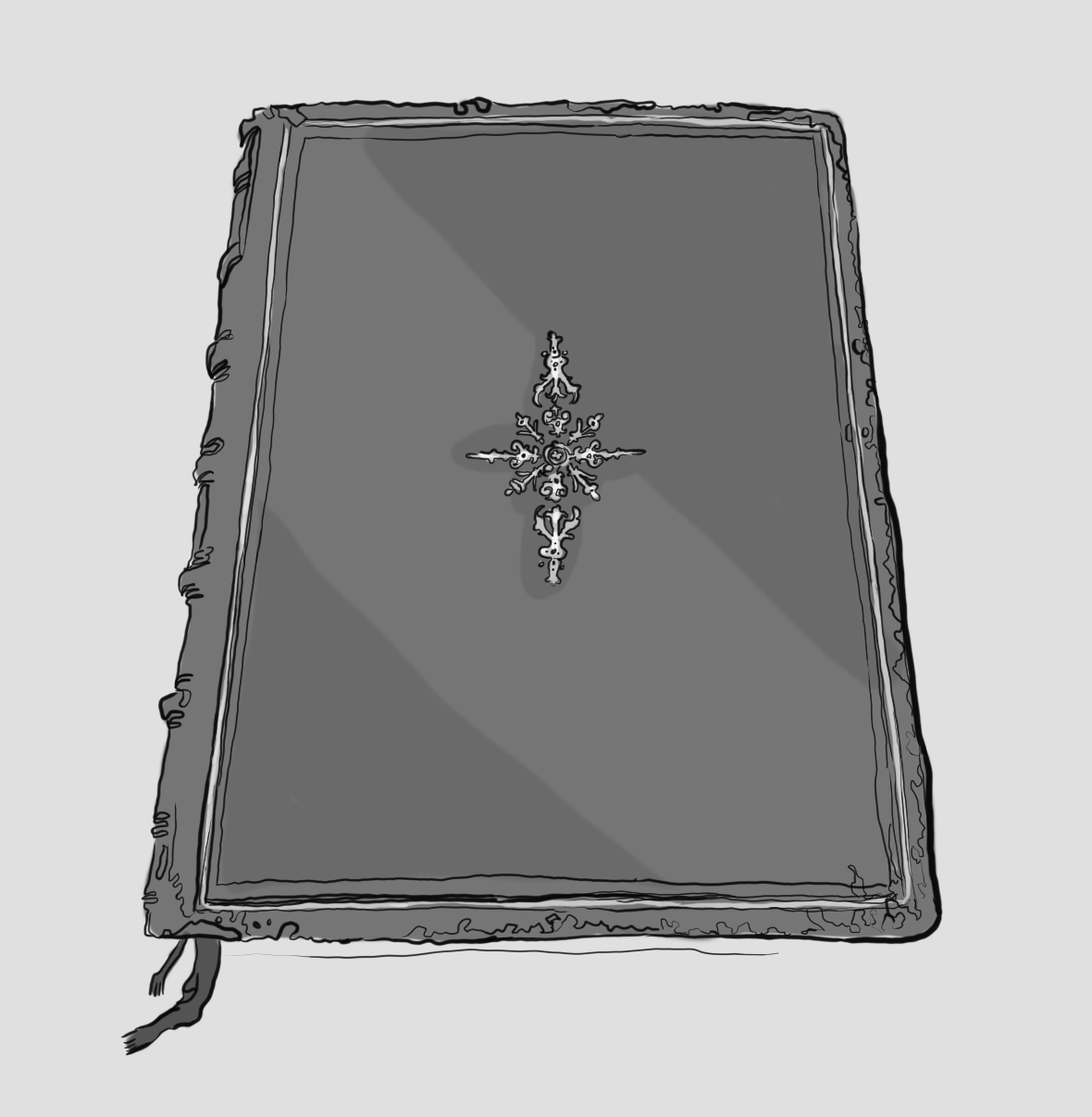
A COUPLE OF WEEKS ago, Sam Bussan ’18, a student archiving assistant, was returning from the repository when a few boxes labeled “Bibles” caught his eye. It turned out that Bussan had stumbled across a Bible from 1599, that would go on to catch the attention of both the Lewis & Clark and Portland community.
“To have that personal experience of pulling it out and seeing it for what it is is really just astounding. It’s why I like history and it makes me feel optimistic about all the stuff that might be out there,” Bussan said.
The Bible that Bussan found was printed in England by a man named Christopher Barker, in what would be the last year of his life. Hannah Crummé, the head of Watzek Library Special Collections as well as the College Archivist, was aware of Barker from research she had done while she was at the British National Archive.
Along with the Bible from 1599, the box also contained a variety of other Bibles, ranging from regular Bibles you would get at church to others that are very rare and old.
“I’d say about nine of them date before 1700, that’s pretty good. One of them is from 1599 which makes it one of the oldest things in our collection,” Crummé said. “The 1599 one is printed 65 to 67 years after the first bible is printed in English. So that’s representative of the Reformation when the church broke from Rome. It’s also representative of Elizabethan politics as Elizabeth allowed and kind of required religious texts to be printed in English.
That sort of forwarded her as the head of the church as well as the monarch and put her in opposition to Rome.”
E.J. Carter, the Special Collections and Archives Librarian, has also obtained more information about the history of the Bibles in the past couple of weeks.
“What seems to make it interesting is that the person who translated it was sort of a moderate sort of person,” Carter said. “England was really at this time caught between the more radical Protestant Reformation, which included people like the early Puritans or Pilgrims, and in fact this edition of the Bible was the one that was brought over by the Mayflower, and then Catholicism on the other side. So they’re trying to steer this middle ground between radicalism and Catholicism. Tacked on to the end of [the found Bible] was a commentary from the Book of Revelations which sort of draws these parallels between the history of the church and the sort of crazy things described in the Book of Revelations, these monsters and dragons. So at some point specific Popes are sort of linked with monsters in the Book of Revelations. So this particular document is an example of this sort of more radical Reformation history.”
Special Collections and Archives is hoping to incorporate the Bibles into the LC curriculum. Crummé believes that Karen Gross, Associate Professor of English, might be able to use the Bibles in her classes. Gross teaches classes on Medieval Manuscripts and Literature and actively uses the college’s Special Collections.
“She runs a class on a single Medieval, Early Modern text,” said Crummé. “Having several more Early Modern printed books are great additions. It potentially gives a scope to expand her class. The other Bibles might give Rob Kugler or somebody else to study the genre of the Bible more broadly.”
It’s possible that the Bibles will be featured in an exhibit sometime next year. Rob Kugler, Paul S. Wright Professor of Christian Studies, already has ideas for the upcoming exhibit. He also indicated that students studying History or Religious Studies may be able to assist with the project.
“It would be interesting to lay them out chronologically and use that as a way of showing how Bible editions change over time and relating them to the circumstances, the historical, cultural, and theological that created those changes,” Kugler said. “The other part would be to, just out of interest at Lewis & Clark’s heritage as a former Presbyterian school, to know what was going on and why the college collected these Bibles. I’d love to know the story of the 1599 one. I’d like to know how it got here.”
While it is still unclear as to how and when the Bibles ended up in the repository, the current hypothesis is that some of the Bibles were moved when the school broke off from the Presbyterian church in 1966.
Subscribe to the Mossy Log Newsletter
Stay up to date with the goings-on at Lewis & Clark! Get the top stories or your favorite section delivered to your inbox whenever we release a new issue.

Leave a Reply